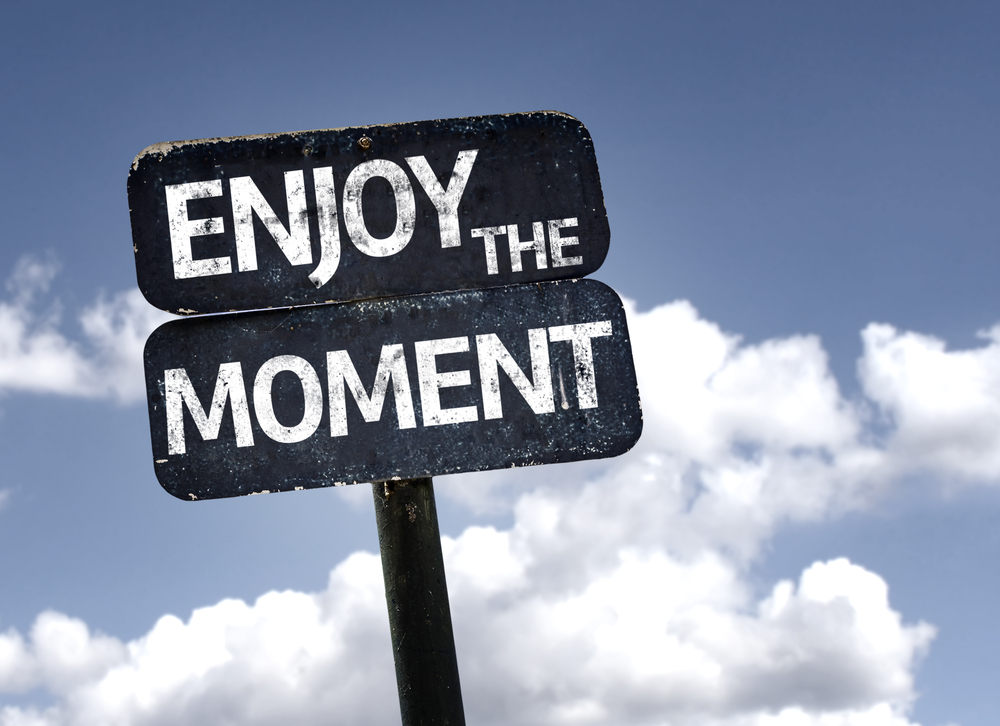Mindfulness in fast-paced times
In fast-paced times like these, we find ourselves occupied and preoccupied with thoughts of the past or worries for the future. We are too busy being busy that stress gets to the best of us and we find ourselves gasping for a break more often than we might require. In times like these, what if we had something simpler that comes at practically no cost and gives us the benefits of a stress-free vacation? The answer is mindfulness.
What is mindfulness?
Mindfulness, in simple terms, is the act of being present. Our minds have become accustomed to shuffling between the past and the future, so much so, that we forget to be present in the here and now. Not just that, we find our capacity to be attentive to the thoughts or tasks that need our attention in order for us to be more productive.
Mindfulness is such a tool that helps us become an observer of what goes on inside our minds without holding any judgements. It is the tool that helps us become aware of the various physical and emotional experiences we are having in the current moment thereby helping us let go of worries relating to the past or the future. It can also be understood as an active state of being present in and fully involved with the goings-on of the here and now, whereby we are able to take control of what goes on inside our minds and how we choose to act in response to what is happening on the outside.
Who needs mindfulness?
Everyone does! Our biology and psychology are interrelated. If the mind starts to indulge in negative, unproductive, and unhealthy thoughts (blame it on evolution or the impact of our fast-paced lifestyles) it starts to impact the quality and quantity of our sleep, appetite, levels of fatigue, stress, and anxiety among others. This, in turn, makes us irritable, unhappy and dissatisfied with our general state of being, and not to forget how we behave with others around us. By incorporating mindful practices in our everyday living, even if just a few minutes every day, we can live in a way that makes us healthy and happy, inside out.
Despite how it sounds, mindfulness is not to be seen as exclusive to meditating yogis or people struggling with mental health-related issues. Rather, it is a skill that we can all learn and benefit from by incorporating it in our daily lives – whether we are at home, at work, with friends, at a party, or simply by ourselves.

How can one be mindful?
While meditation is at times synonymous with mindfulness, there are numerous other ways in which we can practice being mindful. Some of these are listed below.
- Breathing exercises and visualisation: This involves being seated comfortably with your eyes closed. Keep your arms and legs uncrossed, arms resting on the lap or armrest of a chair in an easy and comfortable manner. Start breathing in deeply through your nose to a count of five, holding the breath for a count of six, and exhale slowly through the mouth to a count of seven. While you are breathing in, focus your attention to how the air feels as it enters your nose, and makes its way into your lungs, inflating the lungs and expanding the chest and stomach area. Notice the urgency you feel in your upper body when you hold it in and the relief you feel as you exhale. Notice how the air that you exhale feels slightly warmer than when you inhaled.
- Alternatively, you can even imagine inhaling the fragrance of a freshly baked cake each time you breathe in and blowing out seven candles slowly as you breathe out.
- Involve all five of your senses: This is something you can do anywhere anytime. Simply stop whatever it is that you are doing, look around, notice and name five things that you can see. Notice their colours and how they feel to your eyes. Then notice and name four things that you touch. Touch each of the four things as you name them and notice their temperature and texture. Next, notice and name three things that you can hear, focus on each of them and how the sounds feel to your ears, whether the sounds are pleasant/unpleasant, loud/soft, shrill/comforting. Then move your attention to two things that you can smell. Name them and notice how the smells feel to you. And finally, notice and name one thing that you can taste and how the taste would feel to you.
- S.T.O.P: Remember this acronym:
Stand up and take a deep breath
Take notice of your body. Starting from your toes and gently going up. Notice the various sensations running through each and every muscle and fibre of your body as you scan.
Observe your surroundings. Take notice of what and who is around you. Look outside a window and notice the things you see, the sounds you hear.
Present moment. Think of what you can do at this moment to make yourself feel better and to improve the situation you are in. - Guided meditation: Simply put on your earphones and listen to a guided meditation audio online. There are various audios available for mindful meditation ranging from a walk in the forest to sitting by a waterfall. As little as fifteen minutes of guided meditation can help you unwind and distance yourself from the worries and stress you might be experiencing and instead focus on how you can be more productive and grounded.
- Mindful eating: Every time you sit down for a meal, allow the first three bites to be mindful bites wherein you stop and notice how the food feels on your tongue, how it tastes, how hot or cold it is, how it feels to chew it, how the textures feel inside your mouth, and then how it feels when you gulp. Express your gratitude for the food you eat.
References
- https://www.psychologytoday.com/intl/basics/mindfulness
- https://www.headspace.com/mindfulness
- https://www.verywellmind.com/mindfulness-meditation-88369
- https://www.huffpost.com/entry/what-is-mindfulness-and-why-we-need-it_b_12530946
- https://psychcentral.com/blog/1-minute-mindfulness-exercises/
- https://www.mindful.org/meditation/mindfulness-getting-started/
- https://www.developgoodhabits.com/mindfulness-exercises/



















